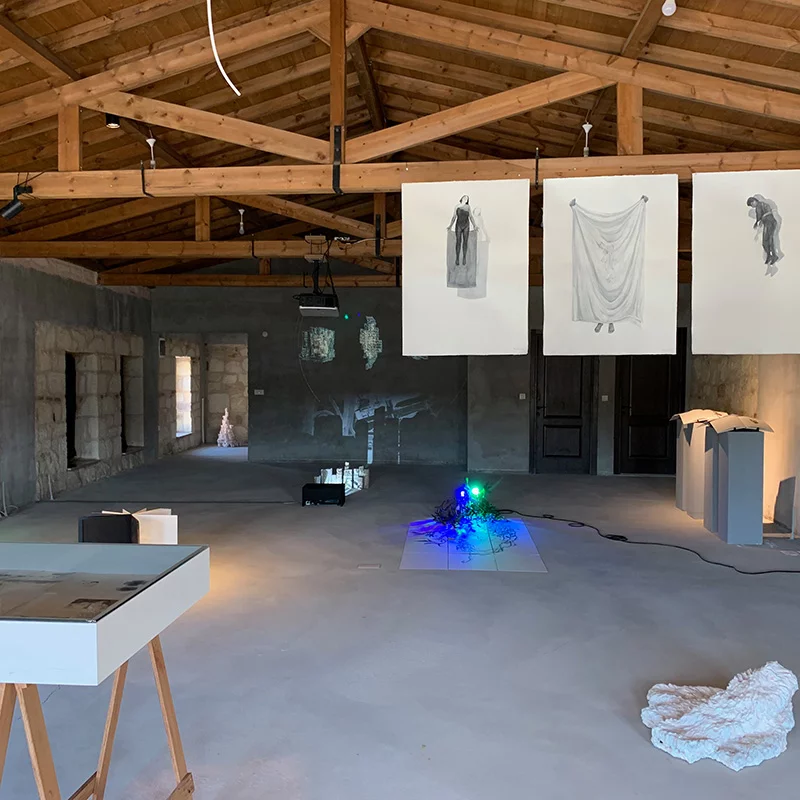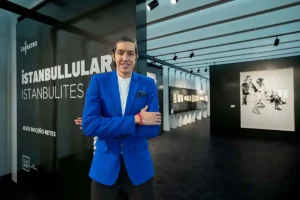Turkey’s vibrant culture and ancient art heritage are shaped by various civilizations, including the Hittite, Urartian, Lydian, Roman, Byzantine as well as the Seljuk Sultanate, Turkish principalities, and the Ottoman Empire.
During the 19th century, the Ottoman Empire began to reform its policies to align with Western standards. Starting from 1839, this adaptation era, through extensive reforms, also resulted in a transformation of the country’s artistic and cultural direction, shaping Turkey’s new artistic expression.
A major milestone was the founding of the School of Fine Arts in 1882, which was the first state academy of fine arts in Turkey. Renowned Turkish Orientalist painter Osman Hamdi Bey was the driving force behind the school, serving as its founder and director. He was also an accomplished archaeologist, museum curator, and art historian. The school continues to operate to this day, having been renamed as Mimar Sinan University.
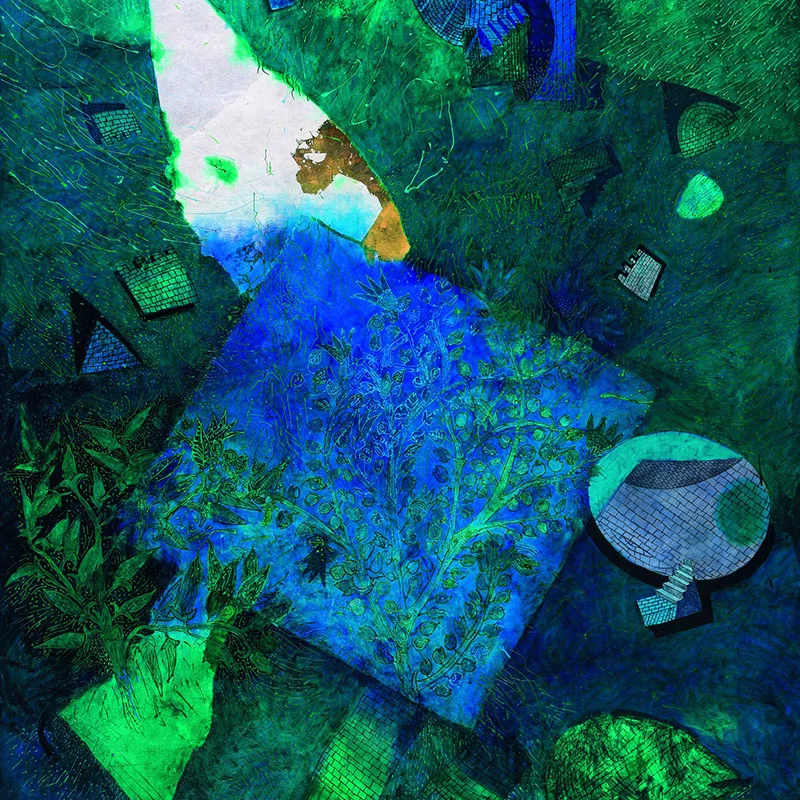
The Emergence of Modern Art in Turkey
Under the leadership of Mustafa Kemal Atatürk, the founder of the Republic of Turkey, institutions and foundations were established to adopt Western artistic styles and methods. From 1923 to 1950, the Turkish government sent many artists abroad to study visual arts. Influenced by French impressionists, artists such as Hüseyin Avni Lifij, Halil Paşa, Ruhi Arel, and Sami Yetik found inspiration and developed their own unique style during their studies overseas.
During the 1940s, a group of Turkish painters emerged whose work would have a significant impact on the advancement of modern Turkish art. This group, known as the “D Group” included several important figures such as Burhan Doğançay, Fikret Mualla, Fahrelnissa Zeid, and Abidin Dino. The “D Group” played a crucial role in transitioning Turkish painting styles from a narrative mode to a more scholarly style.
Starting in 1950 and beyond, a few artists such as Aliye Berger, Cihat Burak, Ömer Uluç, and Yüksel Arslan began creating artwork that diverged from the traditional scholarly painting model. This marked a significant shift towards a new kind of development in Turkey, as these artists rebelled against the dominance of Western artistic customs and historical trends, and embraced more fresh perspectives.
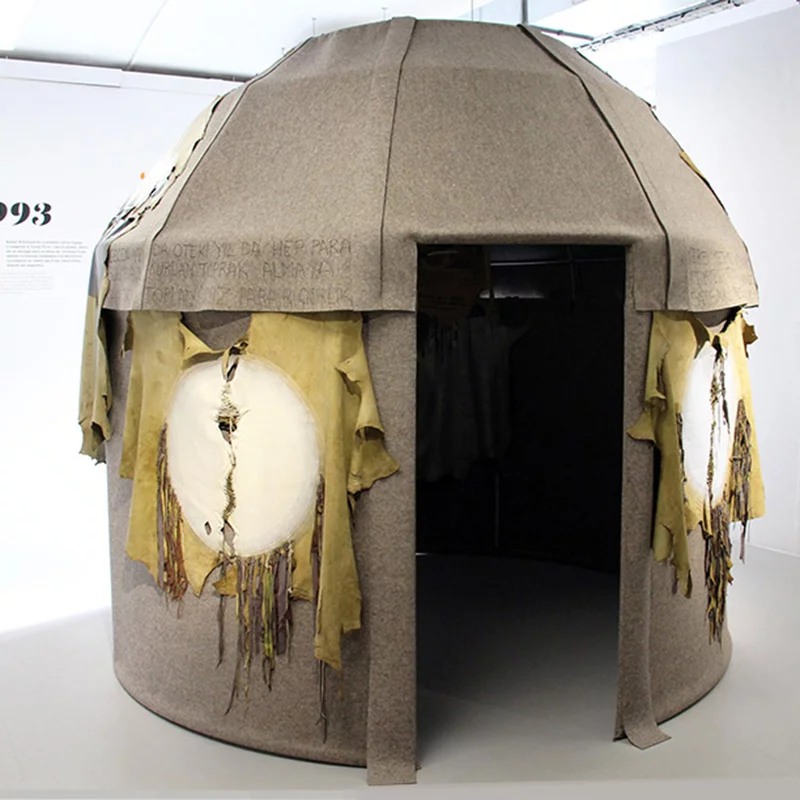
1960s and 1970s
In the 1960s, Surrealism and Conceptual Art had a profound impact on the visual arts in Turkey, leading to a shift in the art language that had prevailed up until that point. Marked by a willingness to challenge established norms and conventions toward new, experimental forms, these decades are considered a pivotal period for the transformation of modern art in Turkey.
Turkish artists’ international exposure during this period is noteworthy. Sarkis and Nil Yalter in Paris as well as Tosun Bayrak, Burhan Doğançay, and Erol Akyavaş in the United States exhibited their work and established connections with the international art community.
The 1970s marked the acceleration of the art market through the opening of more private galleries as well as the arrival of new mediums, with installations and sculptures becoming more widespread. From a more conceptual standpoint, artists such as Füsun Onur and Altan Gürman made significant contributions through their innovative and research-based analyses.
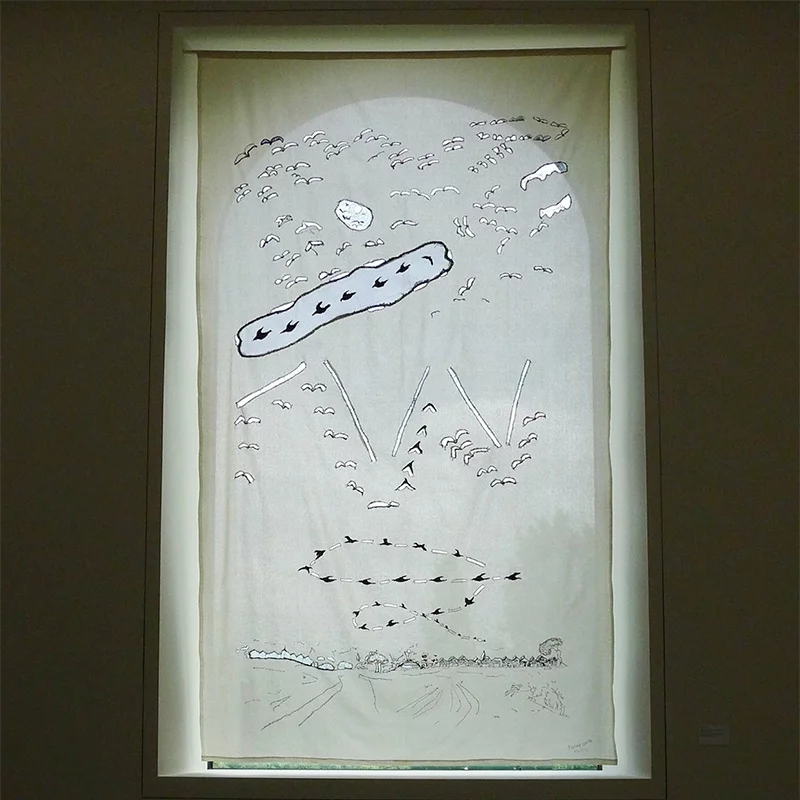
The Rise of Turkish Contemporary Art
1980s
In the 1980s, the postmodernist interpretation of art continued to be significant in contemporary Turkish art. Furthermore, there was an increase in the recognition of female artists, and their artworks were given equal value to those created by their male counterparts.
During this period, several significant events and exhibitions took place that showcased the changing landscape of Turkish contemporary art. Some of the notable milestones include the Contemporary Artists’ Exhibition, New Directions, The A B C D exhibitions, A Cross-Section of Avant Garde Turkish Art, and the inaugural Istanbul Biennale.
Exhibitions such as New Trends played a crucial role in the development of Turkish conceptual artwork and subsequent art trends. Şükrü Aysan, Gülsün Karamustafa, Ayşe Erkmen, Füsun Onur, and Nur Koçak were among the notable artists who showcased their work in these exhibitions, contributing greatly to the artistic scene.
Tomur Atagök, Hüsamettin Koçan, Yusuf Taktak, Serhat Kiraz, Canan Beykal, and Cengiz Çekil, among others, played a notable role in maintaining the artistic rhythm of Istanbul from the 1980s to the 1990s, and highlighted the major artistic trends of the time.
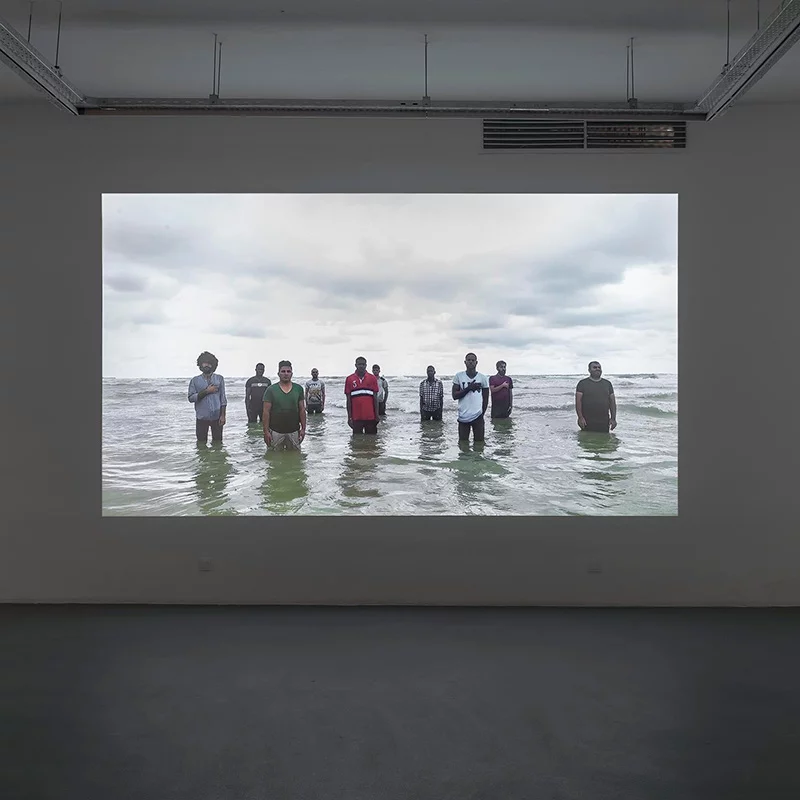
1990s
In the 1990s, Turkish artists developed a more self-confident and liberal style, aided by the emergence of new galleries and artist groups. The younger generation of artists expressed their liberal ideas on topics such as ‘Borders and Beyond’, ‘Homelessness’, and ‘Chaos’ through exhibitions like the Youth Event organized by the International Plastic Arts Association between 1995 and 1998.
During this time, a new generation of artists emerged and made a name for themselves in the contemporary art scene, including Halil Altındere, Erim Bayri, Taner Ceylan, Elif Çelebi, Nazım Dikbaş, Esra Esen, Genco Gülan, Cengiz Tekin, and Vahit Tuna.
In the 1960s, Turkey did not experience a major feminist movement like the rest of the world. However, during the 1990s, there was a significant increase in works that explored female identity and the female body. Artists specializing in various disciplines such as Canan (Şenol), Nur Koçak, Nil Yalter, İpek Düben, Şükran Moral, İnci Eviner, Gül Ilgaz, Nazan Azeri, and Nezaket Ekici gained recognition for their art that delved into gender issues.
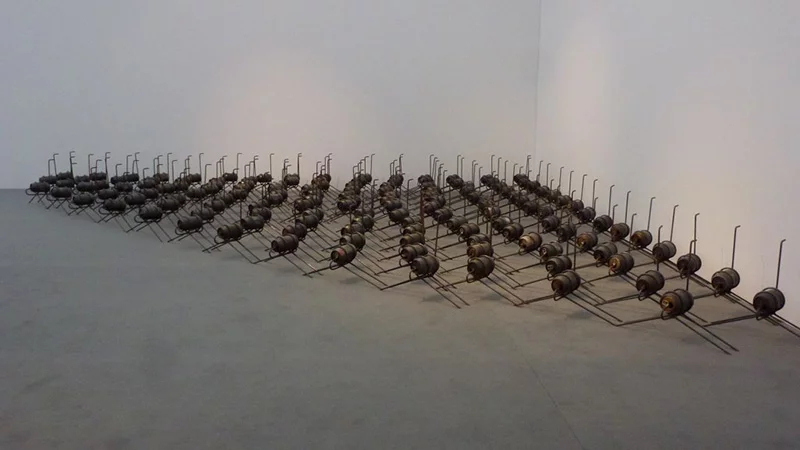
During the 1990s, various artist initiatives began to gain popularity among artists. Hafriyat, one of the country’s earliest artist initiatives, was established in 1996 by Hakan Gürsoytrak, Antonio Cosentino, Murat Akagündüz, and Mustafa Pancar under the name Urban Observers. İrfan Önürmen, Nancy Atakan, Extrastruggle (Memed Erdener), Ceren Oykut, Fulya Çetin, and many other artists who later joined the group participated in Hafriyat exhibitions. In 1999, another initiative operating as a non-profit group called the Apartment Project was founded in Istanbul by Selda Asal.
2000s
The field of sculpture in Turkey saw a revitalization in the 2000s, thanks to the innovative styles introduced by artists such as Ali Teoman Germaner, Kemal Önsoy, Mehmet Gün, Canan Tolon, Saim Bugay, Mehmet Aksoy, Seyhun Topuz, Meriç Hızal, Ferit Özşen, Koray Ariş, Osman Dinç, Rahmi Aksungur, and Erdağ Aksel. This period also witnessed the emergence of new groups that aimed to promote digital art in Turkey. Among these organizations, Xurban, led by Hakan Topal and Güven İncirlioğlu, played a leading role.
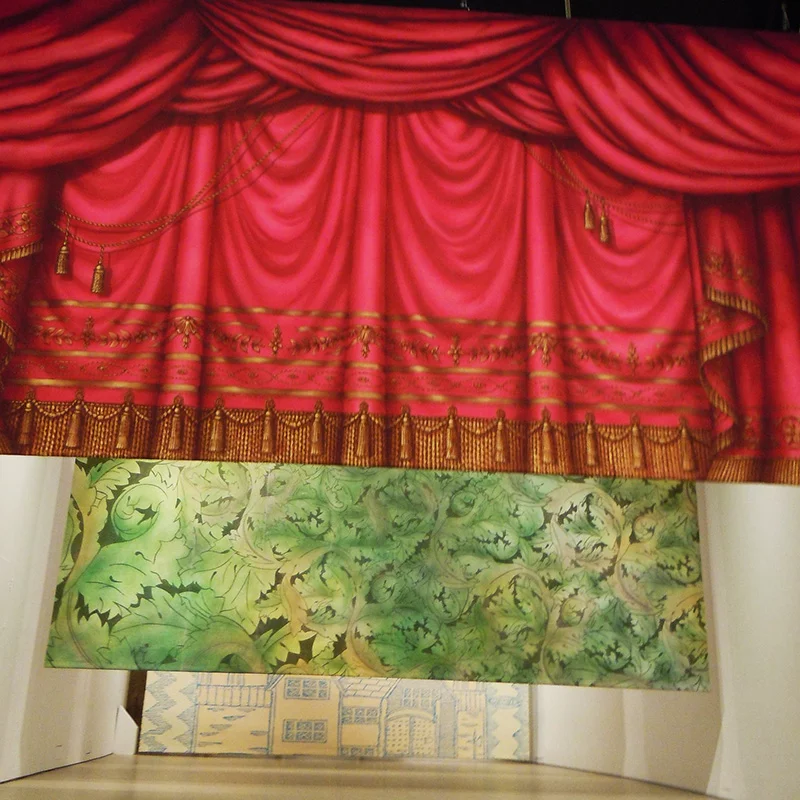
During the mid-2000s, several new galleries that focused on younger artists and contemporary art emerged. These galleries played a significant role in shaping new audiences and transforming the art world away from the time when it was governed by the Academy and a state-centered philosophy. With this proliferation, artists were able to exhibit their artwork to larger audiences, sharing their worldview with as many people as possible.
In addition to the newly opened art galleries, institutions, foundations, and well-respected art centers such as Akbank Sanat (1993/2003), Platform Garanti Contemporary Art Center/Salt (2001/2011), Sabancı Museum (2002), Istanbul Modern (2004), Pera Museum (2005), Santral Istanbul (2007), ARTER (2010), and Borusan Contemporary (2011) were launched.
Against this backdrop, Turkish contemporary art in the 2000s faced new challenges, including increased censorship and growing conservatism marked by religious and nationalist ideals. These challenges had a significant impact on the direction of contemporary art in Turkey, with many artists turning to more subtle forms of expression and exploring new themes and techniques.
Despite the challenges posed by rising commercialization and individualism, the contemporary art scene in Turkey has remained resilient and continued to evolve. At the same time, advances in technology and media have enabled artists to experiment with digital and interactive forms of art, opening up new opportunities for creative expression and collaboration. By leveraging technology to break down barriers and connect with global audiences, Turkish artists are charting an exciting new course for the future of the country’s art scene.
Prominent Turkish Contemporary Artists
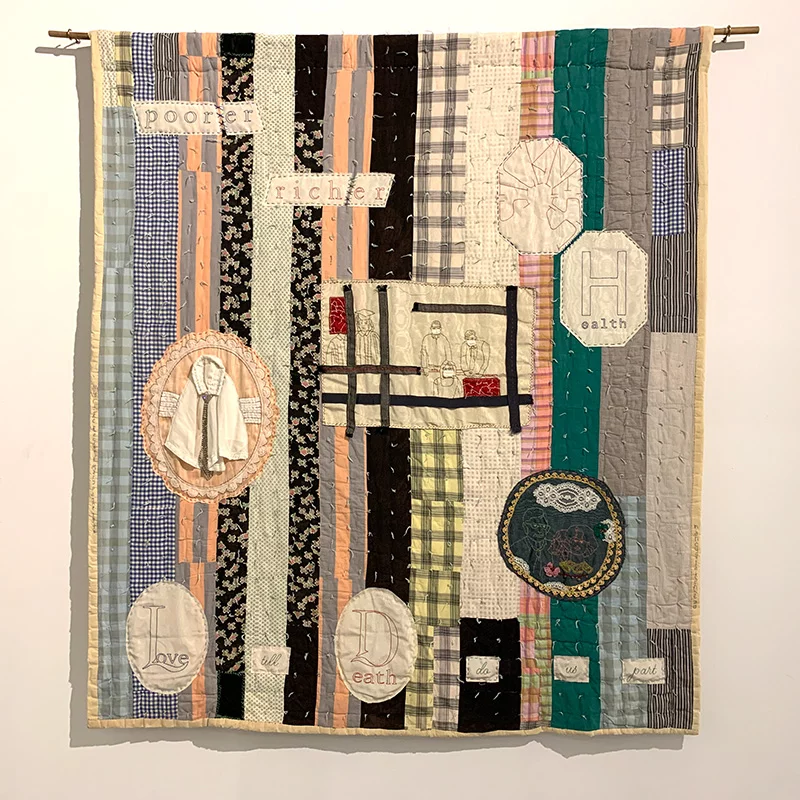
Nancy Atakan
Nancy Atakan is a visual artist who was born in Virginia, United States, but has lived and worked in Istanbul since 1969. Her work focuses on topics related to gender, feminism, memory, and identity. She is also an art historian and critic, having completed her PhD on conceptual art in Turkey. Her artwork has been exhibited at various institutions, including Weserburg, Elgiz Museum, Istanbul Modern, Akademie der Kunste, DEPO Istanbul, and Apartment Project.
Nilbar Güreş
Born in Istanbul in 1977, Nilbar Güreş attended Marmara University in Istanbul and the Academy of Fine Arts in Vienna. Her work explores female identity, women’s roles, and gender roles. She uses a wide variety of mediums such as painting, performance, photography, video, sculpture, and installation. The artist has exhibited her work globally, including at the Kunsthaus Pasquart, 21st Contemporary Art Biennial, São Paulo, 20th Biennale of Sydney, and the SeMA Biennale Mediacity. She lives and works in Vienna.
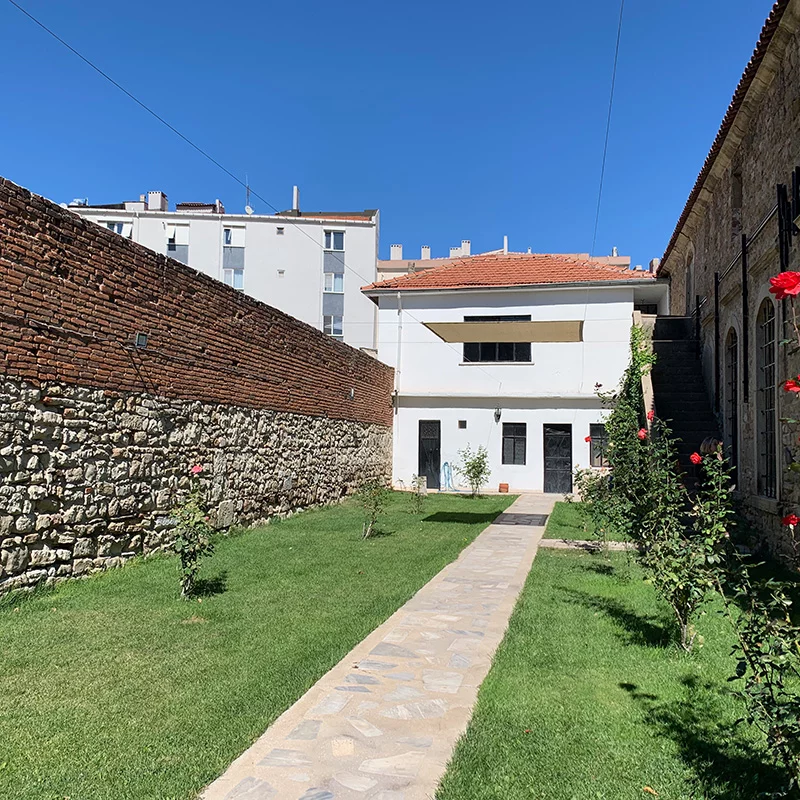
Cevdet Erek
Born in 1974 in Istanbul, Cevdet Erek finished his undergraduate education at Mimar Sinan Fine Arts University, Faculty of Architecture. He went on to complete an MA in Sound Engineering and Design as well as a PhD in Music at the Center for Advanced Studies in Music (MIAM). Erek’s work aims to transform viewers’ perceptions and experiences of space through the use of architectural interventions, graphics, sound, text, and performance.
Irfan Önürmen
İrfan Önürmen is well-known for his unique sculpture and painting work, which delve into the impact of mass media on the human psyche. His collage painting technique utilizing common daily materials such as jeans, tulle and newsletter cutouts, incorporate visual references from popular culture, politics, and history. Önürmen’s whimsical sculptures, some of which are made of materials like glass and neon lights, often feature distorted and fragmented human figures and animals. The artist has exhibited in numerous international art fairs like Art Dubai, Contemporary Istanbul, as well as Armory Show, PULSE and Volta in New York. He included his NFT collection in his C24 Gallery exhibition in New York in May 2022.
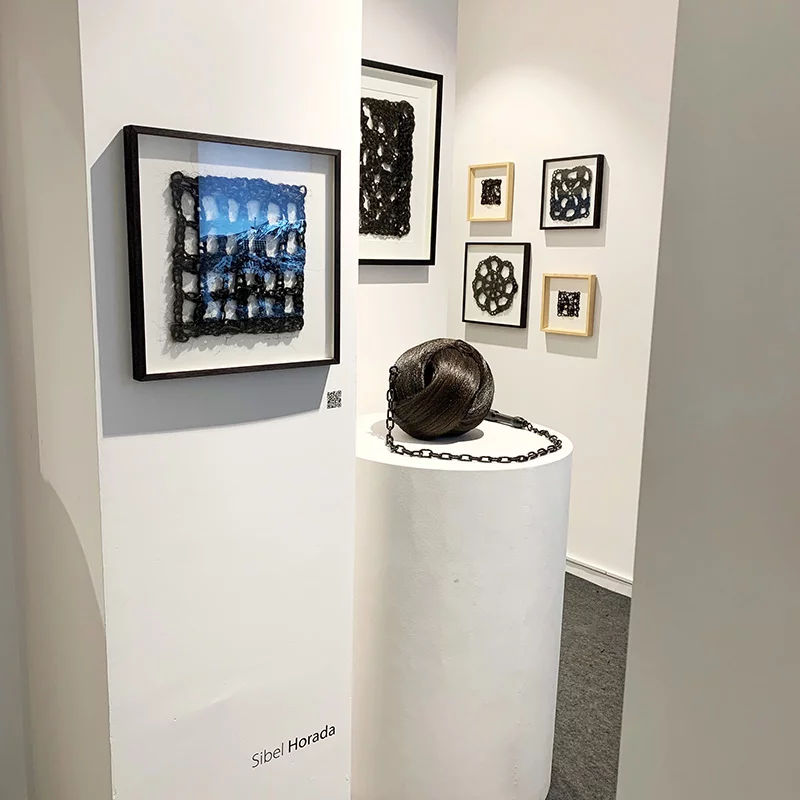
Sibel Horada
Sibel Horada‘s artistic practice focuses on personal and collective stories within archaeological, urban, and ecological contexts. Using both language and form, she creates poetic sculptures and installations based on her experiences. She earned a BA from the Visual Arts Department at Brown University in 2003 and later received an MA from the Faculty of Art and Design at Yıldız Technical University in Istanbul. Horada’s works have been exhibited at Daire Sanat, Kunstverein Ludwigsburg, Depo, MAK Museum, and Matadero Madrid. She lives and works in Istanbul.
Ali Kazma
Ali Kazma is a video artist from Turkey who is mostly known for his series documenting labor and human activity, which investigates the significance of social organization and production. He graduated from Robert College in 1989 and later studied photography in London before returning to the United States to study film. His work has been shown at various prestigious venues and events, including the Tokyo Opera City (2001), Istanbul Biennial (2001, 2007, 2011), Lyon Biennial (2007), and the San Francisco Art Institute (2006). In 2001, Ali Kazma was awarded the UNESCO Award for the Promotion of the Arts for his work at the Albergo Diurno Venezia (Milan, 2018), MUNTREF (Buenos Aires, 2018), Arter (Istanbul, 2015), Hirshhorn Museum (Washington, D.C., 2010), TANAS (Berlin, 2010) and Platform Garanti (Istanbul, 2004).
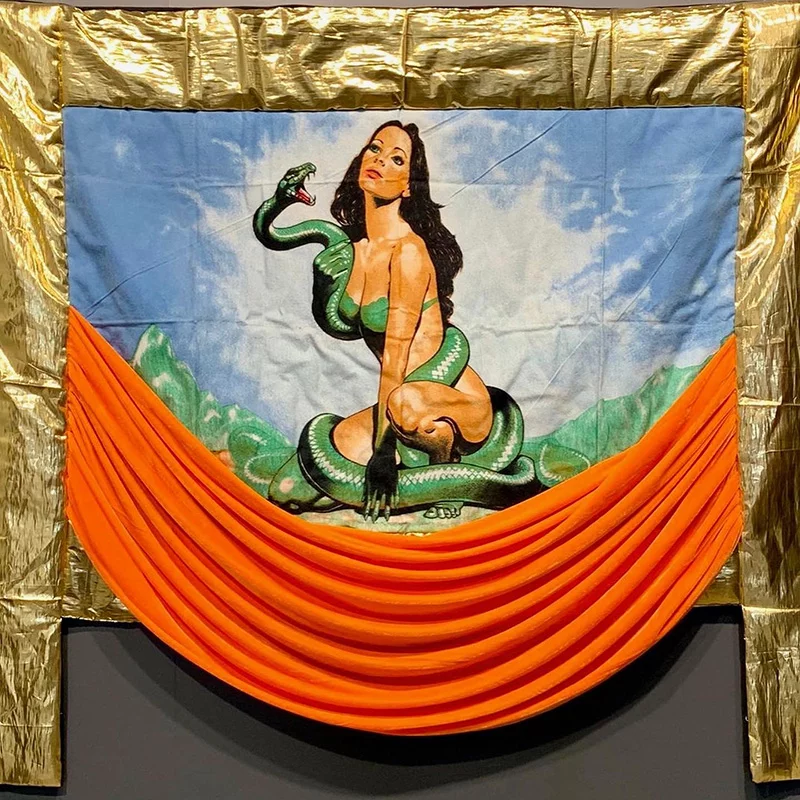
Gülsün Karamustafa
Born in 1946 in Ankara, Gülsün Karamustafa is a visual artist and filmmaker who lives and works in Istanbul. She graduated in 1969 from the Academy of Fine Arts in Istanbul with a degree in painting. Through her work, Karamustafa explores socio-political issues in modern-day Turkey by incorporating both personal and historical narratives. Her themes include gender and sexuality, displacement and migration, and ethnicity and exile. Her artwork has been exhibited in numerous private and public institutions, such as the Tate Modern in London, the Guggenheim in New York, the Museum of Modern Art in Warsaw, and the Museum of Contemporary Art in Chicago. In 2014, she was one of the recipients of the Prince Claus Award.
Canan Tolon
Canan Tolon currently lives and works in San Francisco, California. She creates artworks in various forms including painting, printmaking, drawing, sculpture, and installation. Tolon’s abstract compositions feature geometric shapes and linear patterns. Her subject matter is space, time, and memory. Often described as a “conceptual formalist,” her work involves formal elements with intellectual rigor. Tolon has had solo exhibitions at the Istanbul Museum of Modern Art, the Berkeley Art Museum, and the Cité Internationale des Arts in Paris. Her works are in numerous public and private collections, including the San Francisco Museum of Modern Art (SFMoMA), and the Los Angeles County Museum of Art (LACMA).
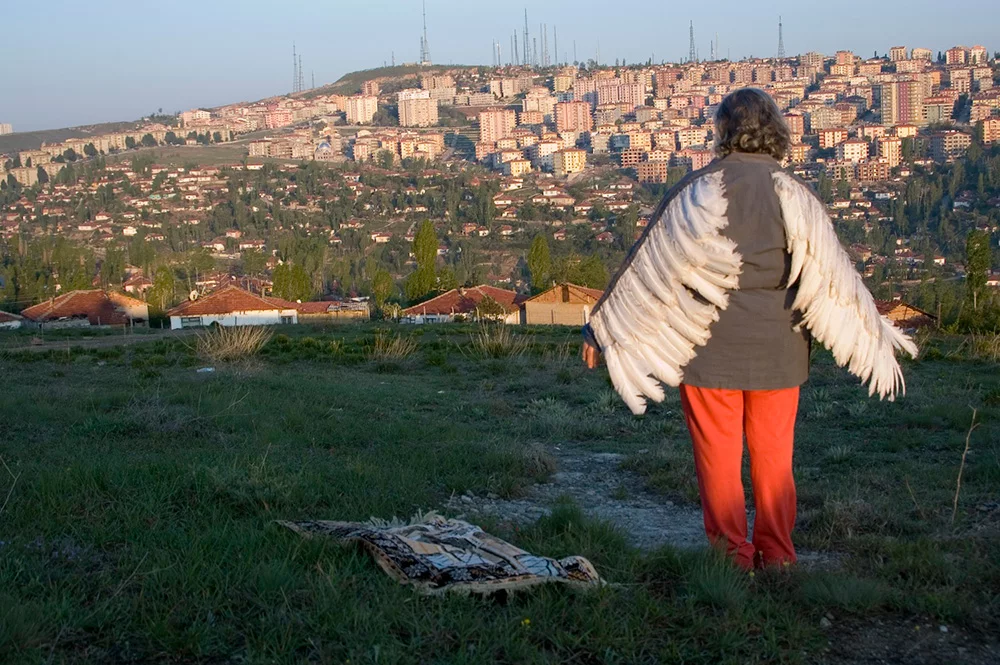
Ferhat Özgür
Ferhat Özgür is a multi-disciplinary artist who extensively uses photography and video to comment on the conflicts between the state and the individual citizen. His practice involves documentary style photography, as well as staged photography, in which the artist directs his actors to pose a certain way in a certain staged environment. His works have been exhibited at various established international institutions including Centre Pompidou, FRAC, and Museum of Modern Art in New York.

